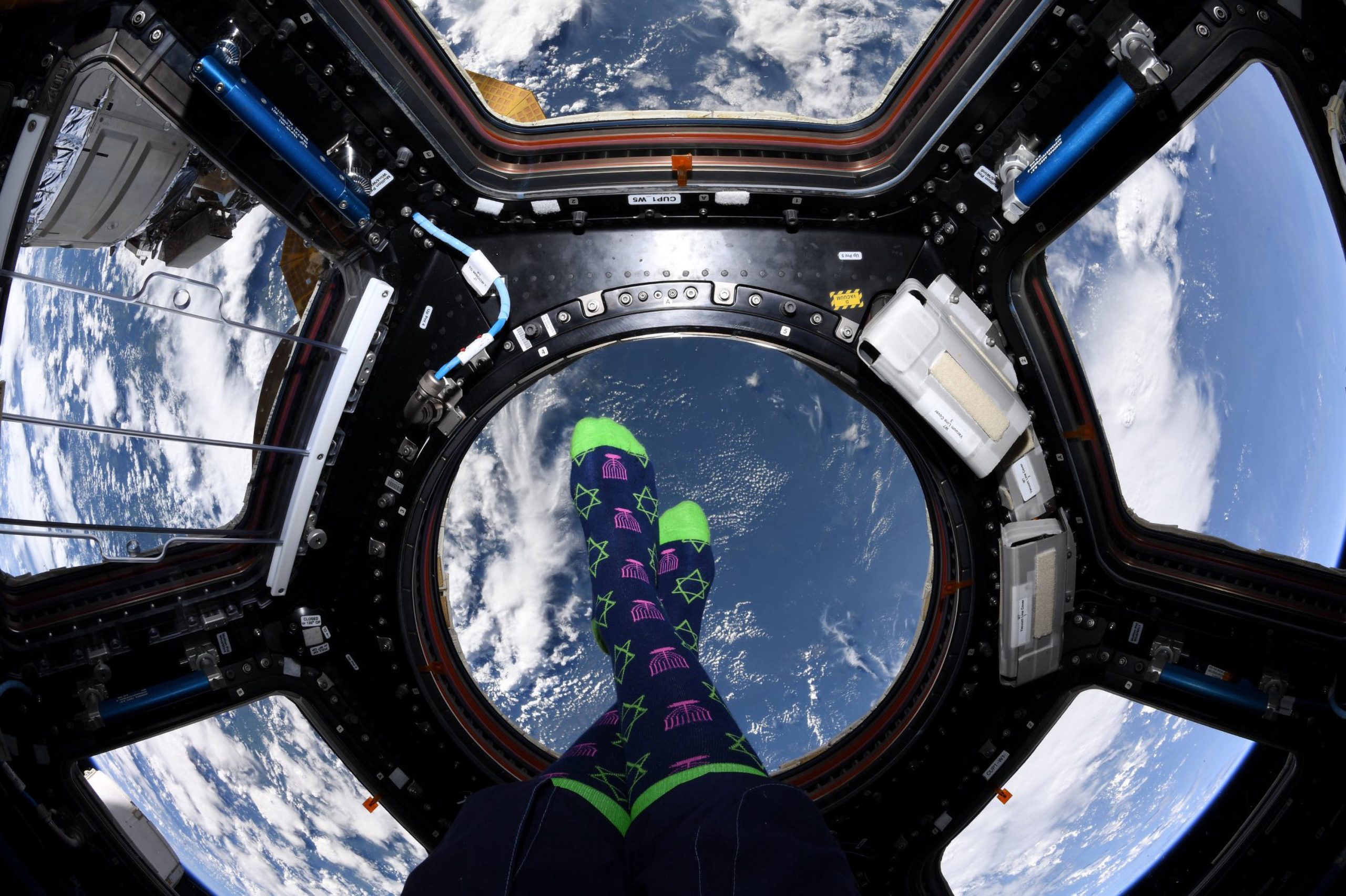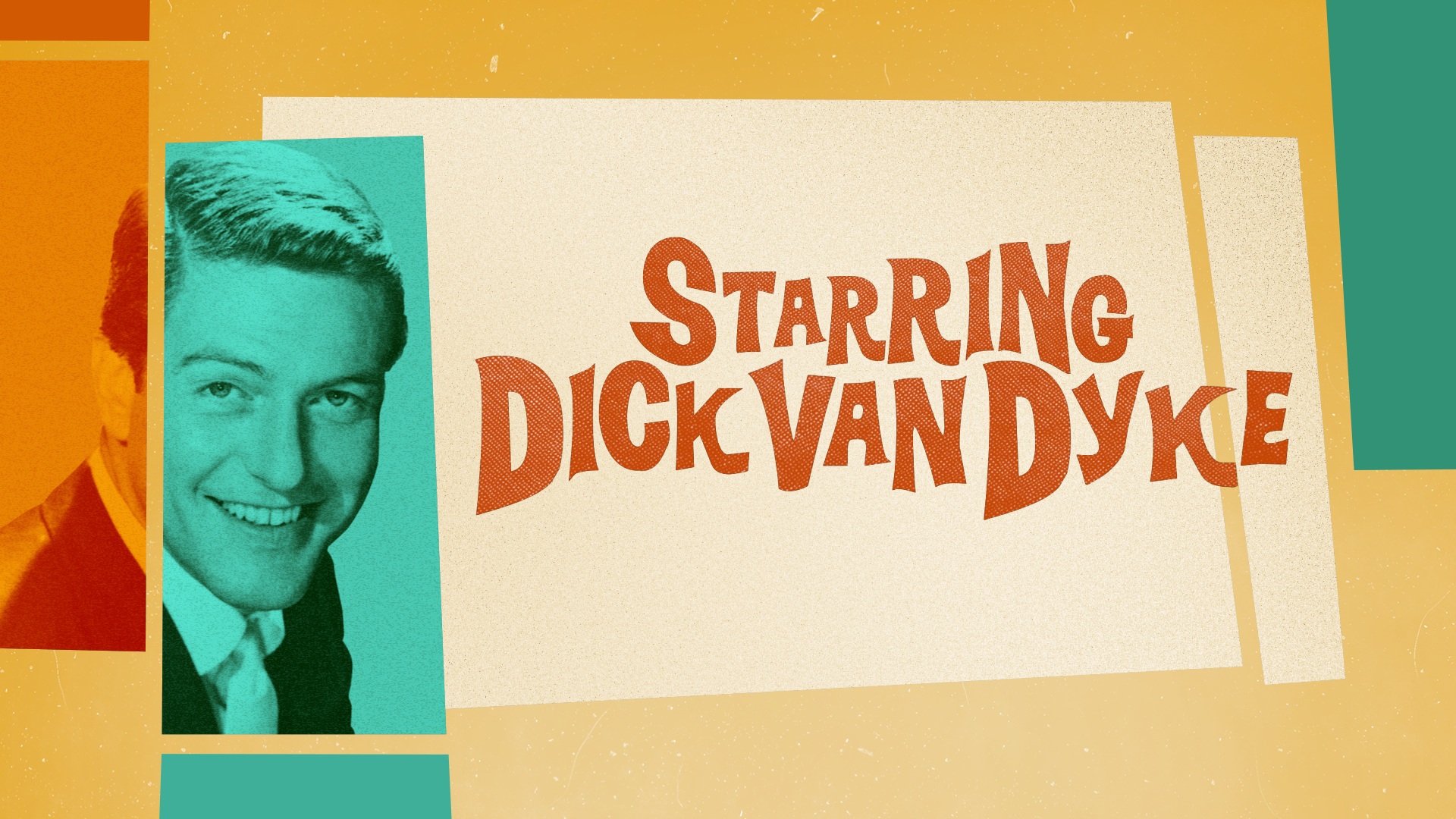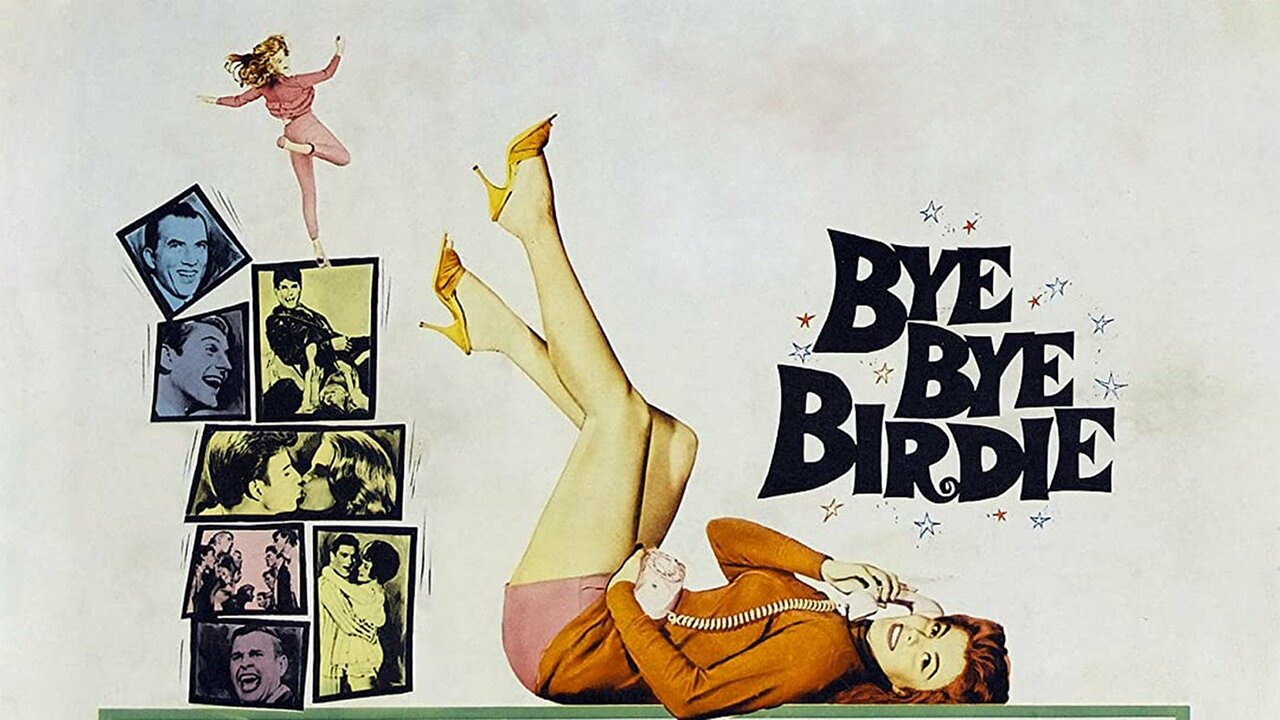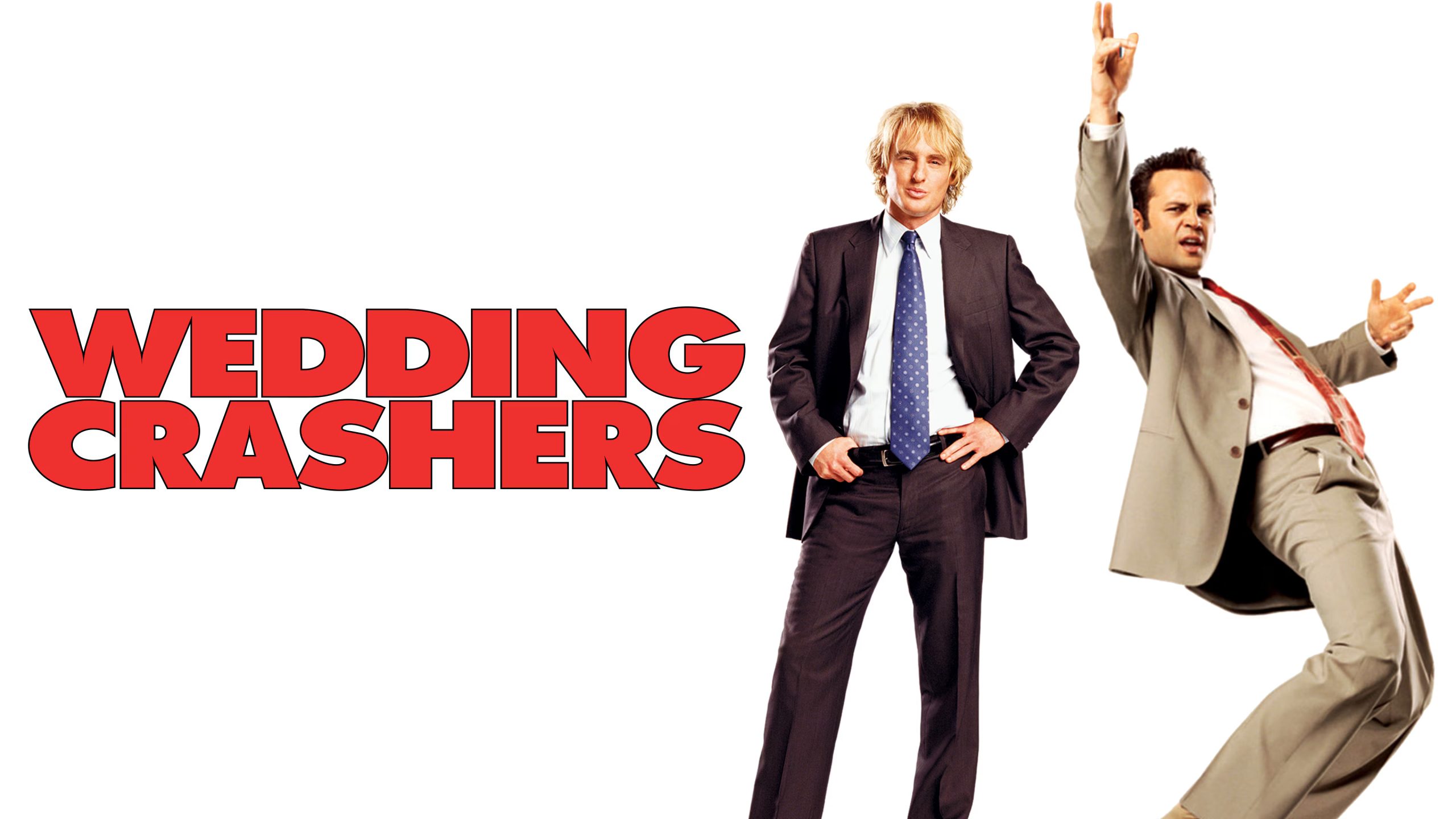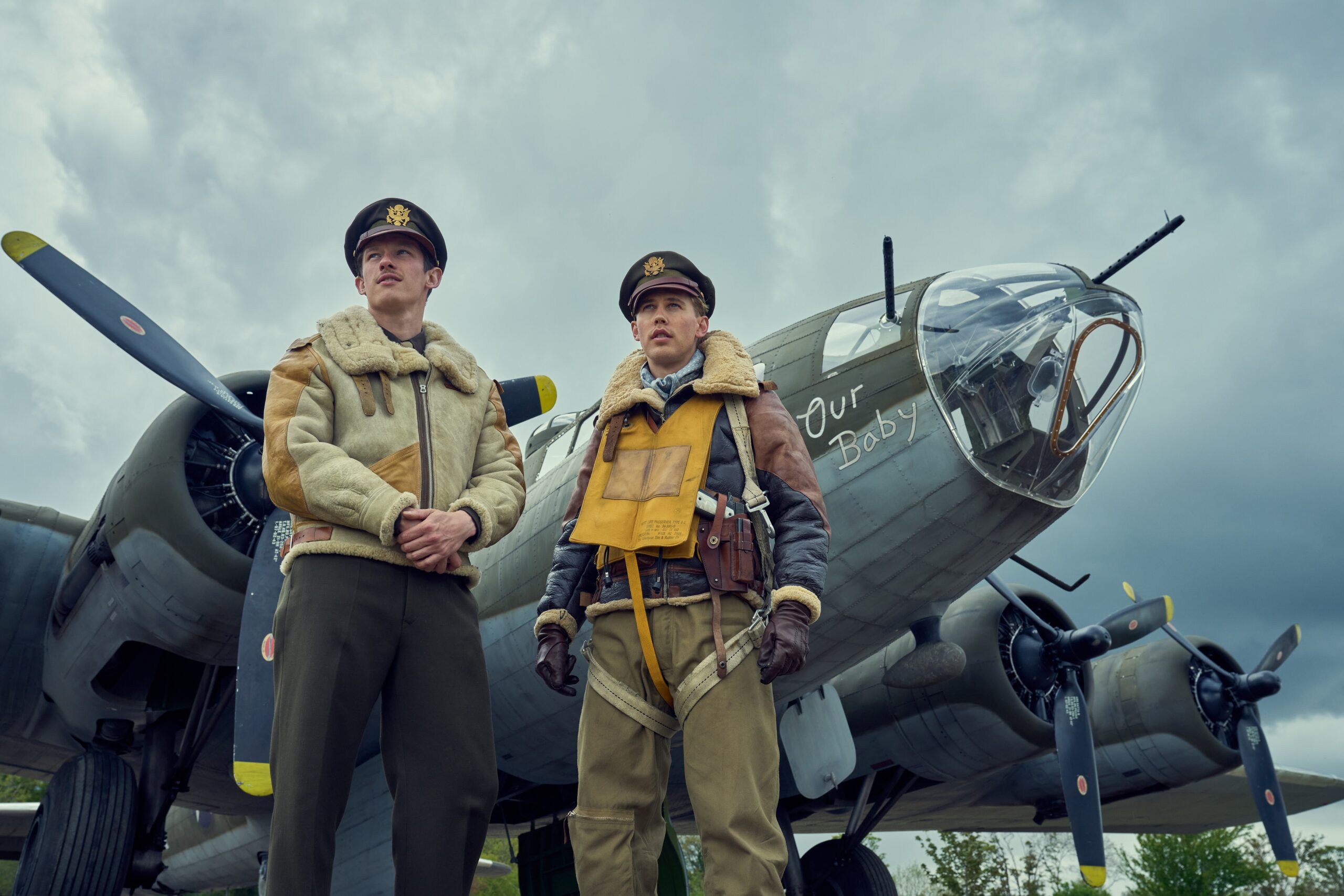
Cinematographer Jac Fitzgerald goes behind the scenes of Masters of the Air to discuss the cinematography on the series.
Fitzgerald was one of multiple cinematographers working on multiple blocks of the series. Adam Arkapaw took lead with block one and more or less determined the visual look of the series. This isn’t to say that the various cinematographers couldn’t bring their own style because they absolutely did. Meanwhile, working on the series allowed Fitzgerald to play with the Volume for the first time. Location work brought familiarity but the Volume was incredibly time consuming. Luckily, Masters of the Air also kicked off a collaboration between the cinematographer and filmmakers Anna Boden and Ryan Fleck. Earlier this year, they premiered a film at Sundance and another TV series followed shortly thereafter.
Developed for TV by John Orloff from Donald L. Miller’s book, Masters of the Air follows the aforementioned Band of Brothers and The Pacific. Where those series followed the action on the ground in Europe and the Pacific theaters, this one follows the air campaign in the years preceding D-Day. Austin Butler and Callum Turner lead a cast that includes Anthony Boyle, Nate Mann, Barry Keoghan, Bel Powley, Rafferty Law, Jonas Moore, Matt Gavan, Branden Cook, Ncuti Gatwa, Elliot Warren, Joanna Kulig, Edward Ashley, and Josiah Cross. Tom Hanks, Gary Goetzman, and Steven Spielberg serve as executive producers. Darryl Frank, Justin Falvey, Steve Shareshian, John Orloff, David Coatsworth, and Graham Yost co-executive produce the series.
All episodes of Masters of the Air and companion documentary The Bloody Hundredth are available to stream on Apple TV+.
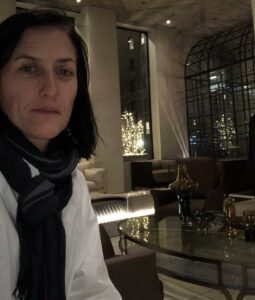
It’s so nice to meet you today. How are you doing?
Jac Fitzgerald: I’m good.
I thought Masters of the Air was one of the best limited series in a long time. How did you first become attached to working on Masters of the Air?
Jac Fitzgerald: I came on it because Adam Arkapaw, who is the block one DP, is an old, old friend of mine going back to Lord of the Rings days, and he encouraged Anna Boden and Ryan Fleck to get me on, which has turned out to be a great thing because I shot a film for them last year, which was just in Sundance. I’m about to go to Portland to shoot another TV series with then.
It’s funny how things work out like that.
Jac Fitzgerald: I know. I love the universe working.
Given that there were multiple cinematographers working on the series with Adam Arkapaw working on the first four episodes, how do you stay true to the series look while also bringing your own style to to the show?
Jac Fitzgerald: I think for my episodes, episodes five and six, we were very cognitive of the movement from block one was very heavily focused around the base and understanding kind of the military procedure around it. They did, obviously, spend time on the ground outside of the base. Our episodes were becoming the departure away. The characters spent less and less time.
I felt like my job was to hold very true to what Adam had designed and set up. We started to free up the camera movement a lot, though, on the battle sequence in particular. We very much kind of took our own style when it came to what was best for the story, what was best for the characters, but keeping the lenses and the lighting all along the same path.
I know that the block three DP, because his episodes spent a lot of time with the Tuskegee boys, that he adopted a few different colors into his world. But, yeah, no, I felt very much like I wanted our episodes to be the transition out of Thorpe—out of the base—into what becomes more and more of the world as we see our characters.
It’s my understanding that the Sony Venice 2 camera was used. Any lenses in particular?
Jac Fitzgerald: We had the VAs from Panavision. They were great. They were beautiful. We also had Petzvals, but they were—originally, Adam had discussed 16mm with everyone and that became like it wasn’t going to be a viable choice. He wanted to have some kind of atmospheric lenses that would give a very amateur documentary vibe to some shots. I don’t remember there being any of their shots in block one. I don’t remember any of that work actually making it. We use them in a little montage sequence in block two, in our work, but they’re just kind of portrait and atmospheric lenses.
The main body of lenses we used were the VAs and poor Panavision had to keep on finding more and more of them, the more and more cameras we got, because obviously, block one started out and they were location shooting. When they went into the Volume stage, block two began on location. There are lenses allocated for the location unit and there are lenses allocated for the Volume unit. Adam and Carrie decided for the Volume unit, they needed to increase the amount of cameras they had working in those planes because it was such a difficult working environment, so confined and a lot of rigging and needing to basically set everything, multiple cameras, and get the actors in there, who are incredibly uncomfortable in those planes, and shoot as much as you could and then get them out. So, yeah, it became a mini-joke that we had the equivalent of the Panavision rental house on the Volume stage.
How many cameras were you all using?
Jac Fitzgerald: Oh, my G-d. I think the Volume unit ended up having eight. I would guess it actually probably went up because at one point we also had second unit running, doing major stunt work in there as well. Yeah, let’s say eight in the Volume and three out on location.
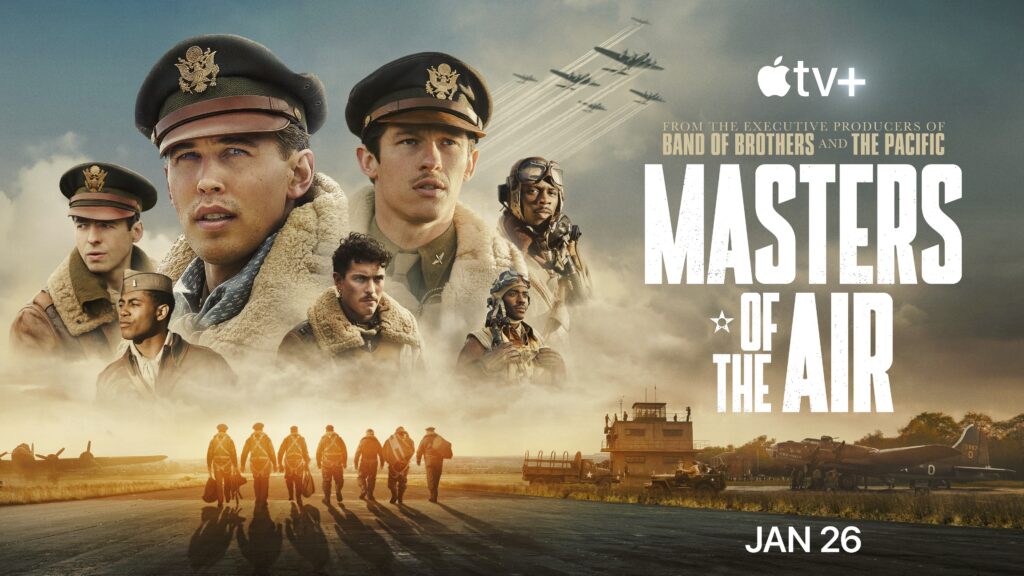
Which was more challenging: being out on location or filming it with the Volume?
Jac Fitzgerald: They both had their challenges. I think for me, the bigger challenge was the Volume stage, for sure. Location shooting is something I’m very familiar with. The Volume stage was not. The Volume stage—with a two scale B-17 plane on a gimbal that was 25 feet in the air—was very new to me. It was incredibly time consuming, incredibly difficult in terms of where we could rig the cameras safely. For every department, in the cockpit and in the nose, it’s basically one person in, one person out. You couldn’t just because the gangways and everything are so tiny. You can never have five technicians standing around trying to do something together. It’s like, okay, you go and you do your little bit, you go out, someone else comes in, does their little piece. That was a huge learning curve and a major challenge in terms of working in a team.
Could you imagine a series of this nature being produced in the years before the Volume came around?
Jac Fitzgerald: Yeah, sure. I mean, people have done plane work before. It was incredibly helpful, no denying that, but there have been many movies shot before with plane work in it. Yeah, I loved using it and I loved learning about it. It was an interesting quality of light to get to understand. There’s oftentimes where it’s like, I didn’t quite like the quality of light that it was giving us, but by then, it was kind of already locked in in terms of that’s the look.
The production notes mentioned that Adam was influenced by The Cold Blue in determining the look. Had you watched the documentary?
Jac Fitzgerald: Yeah, of course. Before I got on the job, Adam was like, watch this and this and this. We’re looking at lots of documentary footage, which was incredible. I mean, talk about seeing what they did with their little cameras in reality was phenomenal. The production room had a giant room filled with images and a kind of mood board look book style that we could all go in and just sit, ponder, take notes from there, and go off and find more inspiration from.
Was there a shot or sequence that was challenging when it came to the location work?
Jac Fitzgerald: Oxford was tricky but just because it’s such a historic center. I was very grateful of the crew there who have worked there plenty of times. There was lots of limitations about what we could and couldn’t do location wise that they knew all the tricks. They knew and weren’t surprised by the limitations like I was. I mean, I knew that historic homes were always tricky but there’s lots of extra special rules when it comes to shooting in Oxford.
How did you first become interested in cinematography?
Jac Fitzgerald: I’m from New Zealand, but I was living in Sydney, and some friends of mine came from New Zealand to go to the film school. I was like, wow, what is this stuff? This is super cool. We were all living in a shared house together and they brought home a 35BL and a steady cam one day. I was just like, oh, my G-d, this is insane. This is what makes those things that I’ve been watching and I love. So yeah, that was my introduction.
I know you’ve worked with Anna Boden and Ryan Fleck as a result of the series but can you talk about collaborating with them on the two particular episodes in general?
Jac Fitzgerald: Yeah. They really wanted to inject humanity into their episodes and they really wanted to feel like they were really engaging with the characters for the audience sake. I think up until that point, there had been so many characters introduced to the audience. You’ll meet one and the next episode, they’re already dead. There was a lot of concern about everyone looking the same because they all have a uniform on, and when they’re in the planes, they’re masked up and you can barely tell who’s who. There was a lot of concern of, like, okay, we really need to dig into these people and start to peel back the layers of the military. They spent a lot of time with John Orloff, the showrunner and the writer, just tweaking character development. The whole voiceover of Crosby was their concept. It wasn’t meant to be in block one at all and then it worked so well that they ended up taking it through. So, yeah, I love working with those guys. They’re super generous to the actors. They’re just the kindest, kindest directors that I’ve seen and like having a good time on set, making it a nice environment.
Thank you so much and congrats again on the show.
Jac Fitzgerald: Oh, great. Thank you. Nice to meet you.
All episodes of Masters of the Air are available to stream on Apple TV+.
Please subscribe to Solzy at the Movies on Buttondown.

